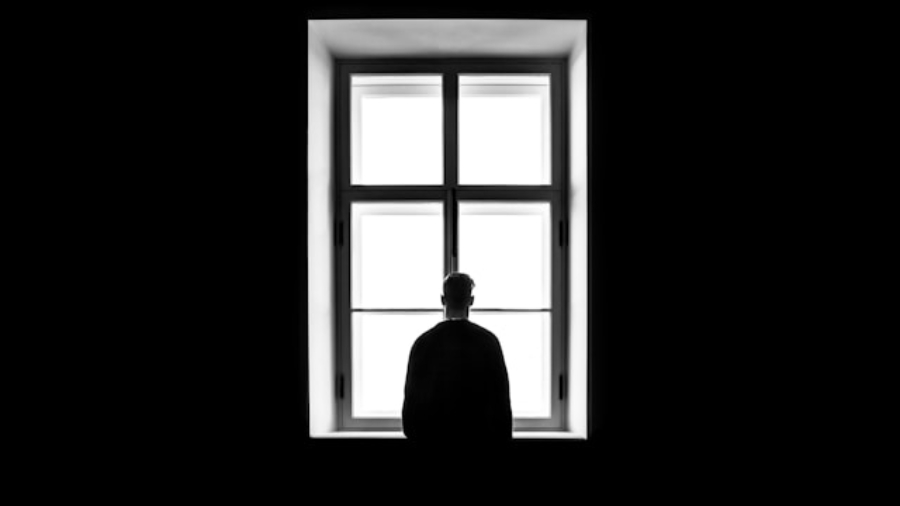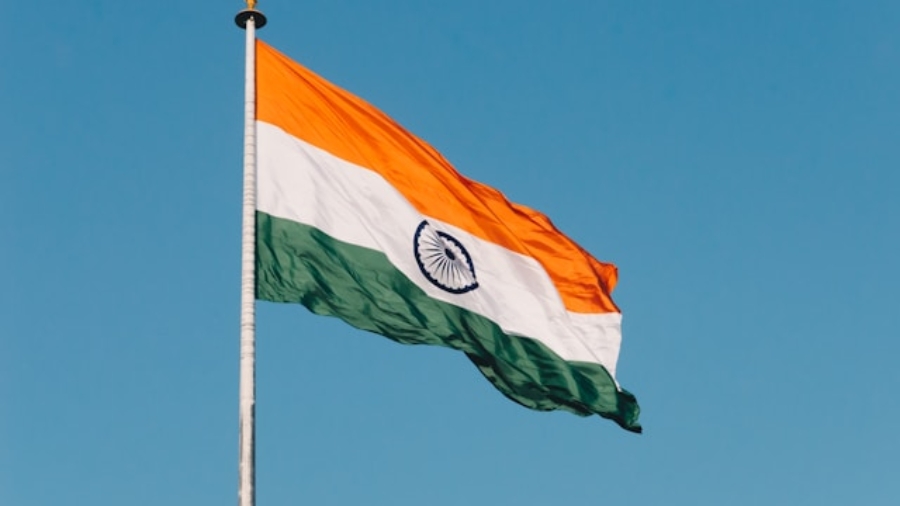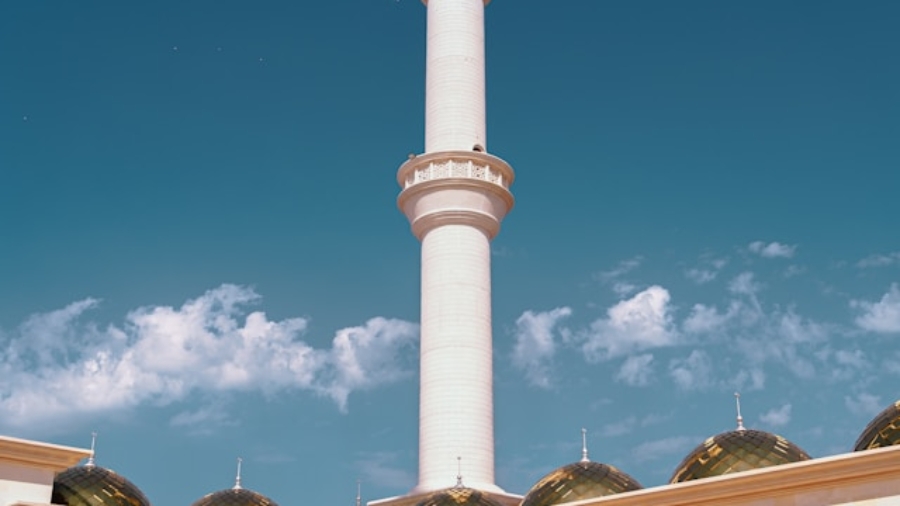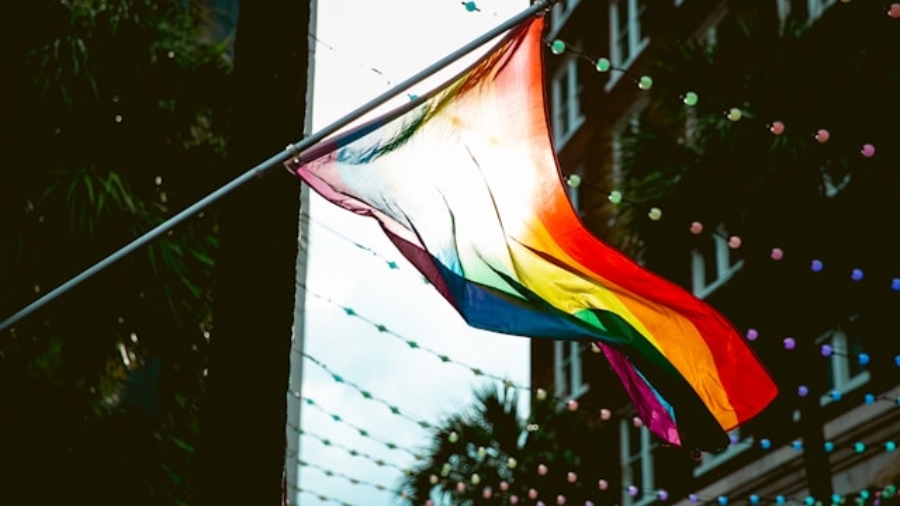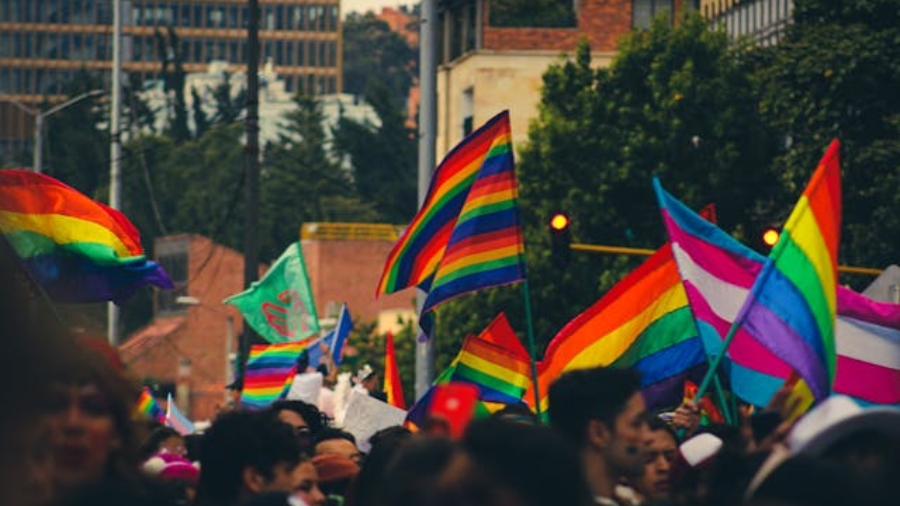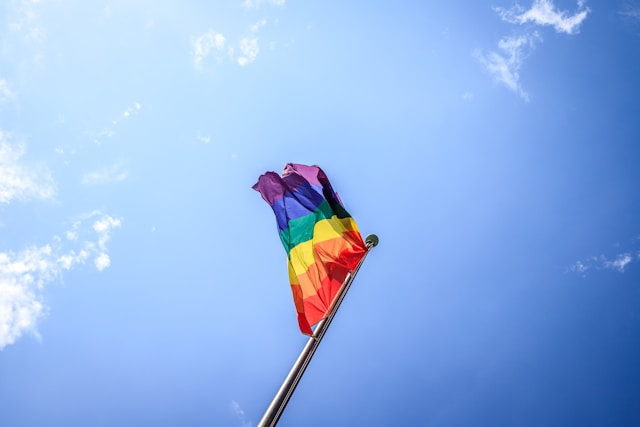Your Essential Guide to LGBTQ Events in Europe: November & December 2025
As autumn gives way to winter across Europe, the LGBTQ+ community is gearing up for an extraordinary season of celebration, culture, and connection. While many associate pride season with summer’s warmth, November and December 2025 offer something uniquely special: a diverse array of lgbtq events in Europe that combine festive holiday cheer with powerful queer visibility. From sun-soaked pride celebrations in the Canary Islands to twinkling rainbow Christmas markets in Berlin, this winter promises unforgettable experiences for travelers and locals alike.
Winter Pride Maspalomas: Europe’s Sunshine Finale
The Crown Jewel of November LGBTQ Events
When most of Europe is bundling up for winter, Gran Canaria offers something extraordinary. Winter Pride Maspalomas, taking place from November 10-16, 2025, stands as the final gay pride celebration in the European calendar year, featuring a week of live shows, pool parties, and the spectacular Pride Walk. This isn’t just another pride event—it’s become a beloved tradition that attracts over 40,000 visitors from around the world.
What makes Winter Pride particularly special? Despite the “winter” in its name, Maspalomas boasts a mild climate even in late autumn, ensuring an enjoyable beach holiday experience with average daytime temperatures of 23 degrees. Imagine celebrating pride in shorts and sandals while the rest of Europe shivers!
What to Expect at Winter Pride
The festivities center around the Yumbo Centre, the beating heart of Gran Canaria’s gay scene. Almost everything gay in Gran Canaria is under one roof in the Yumbo centre, home to 95% of the island’s gay bars and clubs. The main stage hosts spectacular performances featuring international headliners—the 2025 edition confirmed the Vengaboys as a main act, guaranteed to transport you straight back to the ’90s with infectious energy.
Saturday November 15th 2025 marks the Winter Pride parade, which has evolved from being a “walk” to a fully fledged parade making its way in a blaze of colour across the esplanade for 3 hours along Avenida de Tirajana. Participating is free, though VIP float tickets offer an elevated experience with an open bar and exclusive amenities.
Pro Tip: Book accommodations early. Winter Pride is peak season for Maspalomas, and flights to Gran Canaria can be expensive due to this world-famous event, so checking flights to the neighboring islands of Tenerife and Fuerteventura and connecting by ferry can offer significant savings.
Bear Community Gatherings: Finding Your Tribe
Cologne Bear Pride: Tradition Meets Celebration
For the bear community and admirers, Cologne Bear Pride, running November 19-23, 2025, is one of the longest running and most attended bear events in Europe, welcoming participants from over 50 countries for five days of fun and celebration. The timing couldn’t be more perfect—it coincides with Cologne’s famous Christmas markets, creating a unique blend of bear culture and festive German tradition.
The highlight of the Bear Pride in Cologne is the election of Mr Bear Germany at a gala performance show, a prestigious title within the community. The 2025 theme, “The Masked Bear,” promises creative costumes and theatrical flair throughout the event.
The Bear Pride Experience
The week kicks off Wednesday with a Bear Welcome Party, setting a friendly, inclusive tone. Most social evening events are held at The 3 B and My Lord followed by cruising nights at Pullermans, creating opportunities for meaningful connections and new friendships.
Saturday’s Mega Part PIPE is the biggest bear event of the season in Cologne, kicking off at 9 pm until late. This isn’t just a party—it’s a celebration of body positivity, masculinity in all its forms, and the vibrant bear community that continues to grow stronger each year.
Between bear events, visitors can explore Cologne’s charming Christmas markets, sample traditional glühwein (mulled wine), and enjoy the city’s rich LGBTQ+ history. Cologne ranks among the world’s most pro-LGBTQ+ cities, ensuring visitors feel welcomed and celebrated.
Queer Cinema: Celebrating Stories That Matter
Film Festivals Illuminating European Screens
November and December transform Europe into a canvas for queer storytelling through film. MIX Copenhagen Lesbian Gay Bi Trans Queer Intersex Asexual+ Film Festival, running October 24 – November 2, 2025, stands as one of the oldest LGBTQ+ film festivals in the world, offering a unique platform for showcasing films that explore queer narratives.
Merlinka Festival: Eastern European Voices
The 17th International queer film festival “Merlinka” takes place from December 11-15, 2025, in Yugoslav Cinematheque in Belgrade and Cultural Center in Novi Sad. The festival was named after Vjeran Miladinović Merlinka, a transgender sex worker and actress who was murdered in 2003, serving as both celebration and memorial.
Merlinka showcases feature, documentary, and short films dealing with LGBTQ+ themes, with works competing for the Dorothy’s Slipper Award. In regions where LGBTQ+ rights face ongoing challenges, festivals like Merlinka become crucial spaces for visibility, activism, and community building.
Chéries Chéris Film Festival: Parisian Pride
Chéries Chéris Film Festival runs November 14–30 in Paris, France, bringing international queer cinema to one of Europe’s most romantic cities. Paris offers the perfect backdrop for exploring LGBTQ+ narratives—imagine watching powerful queer stories, then discussing them over wine in a cozy Marais café.
Rainbow Christmas Markets: Festive and Fabulous
Berlin’s Christmas Avenue: Where Tradition Meets Pride
Germany leads Europe in creating LGBTQ+-inclusive Christmas experiences. Christmas Avenue in Berlin runs from November 24 to December 23, 2025, preceded by the LGBTQIA Winterdays from November 4-22, 2025, which focus on social and political topics.
Located at Nollendorfplatz in the historic Schöneberg district—Berlin’s traditional gay neighborhood for over a century—Christmas Avenue creates a magical atmosphere. Expect vibrant light installations, a diverse stage program featuring drag, concerts, and readings, along with numerous festive food stalls.
What Makes It Special?
The aim is to create a special and safe place during the Christmas season where the entire community can feel at home—in the place that has been the entrance to Berlin’s Regenbogenkiez (Rainbow District) for a hundred years. This isn’t just shopping and mulled wine (though there’s plenty of both)—it’s about creating intentional space for LGBTQ+ people during a season that can feel heteronormative and exclusionary.
Events include drag bingo, live performances from Berlin’s queer scene, DJ sets ranging from techno to pop, and political discussions. It’s Christmas market meets pride festival, served with a distinctly Berlin twist.
Hamburg’s Winter Pride: Northern Lights and Rainbow Delights
Hamburg’s St. Georg district hosts Winter Pride from November 15 to December 21, 2025—the largest LGBTQ+ Christmas market in Northern Germany. Known for its cozy atmosphere and lively weekend programming, Winter Pride combines traditional northern German specialties with community activism. Local organizations raise awareness and collect donations, turning festive celebration into meaningful support for LGBTQ+ causes.
Frankfurt’s Rosa Weihnacht: Pink Christmas in the Financial Hub
Frankfurt adds Rosa Weihnacht on Friedrich-Stoltze-Platz, running during Frankfurt Christmas Market from November 24 to December 22, 2025. This pink-lit zone within the larger traditional market offers a striking statement about queer visibility. A portion of proceeds supports social projects, proving that holiday shopping can make a real difference.
Planning Your LGBTQ European Winter Adventure
Creating Your Perfect Itinerary
With so many exceptional lgbtq events in Europe happening simultaneously, strategic planning helps you maximize your experience. Here are three sample itineraries for different travel styles:
The Sun Seeker (7-10 days)
- Start with Winter Pride Maspalomas (Nov 10-16)
- Extend your Canary Islands stay exploring Tenerife or Lanzarote
- Return home with a tan while friends shiver back north
The Culture Enthusiast (10-14 days)
- Attend Cologne Bear Pride (Nov 19-23)
- Travel to Berlin for LGBTQIA Winterdays and Christmas Avenue opening (late Nov)
- Catch film screenings at Merlinka Festival in Belgrade (Dec 11-15)
The Festive Nomad (14-21 days)
- Begin at Winter Pride Maspalomas for sunshine and celebration
- Visit multiple German gay Christmas markets: Hamburg, Berlin, Frankfurt
- End with New Year’s celebrations in your chosen European city
Essential Travel Tips
Book Early: Popular events like Winter Pride sell out hotel accommodations months in advance. Airlines also increase prices as events approach.
Layer Your Clothing: Berlin in December versus Maspalomas in November requires vastly different wardrobes. Pack strategically if visiting multiple destinations.
Research Local LGBTQ+ Resources: While Western European cities generally offer strong LGBTQ+ protections, knowing local organizations and safe spaces remains important, especially in Eastern Europe.
Budget Wisely: Christmas markets and pride events can strain budgets. Set daily spending limits and research free events—many pride activities and film screenings offer complimentary admission.
Connect with Community: Join Facebook groups, follow event Instagram accounts, and engage with local LGBTQ+ communities before arrival. These connections enhance your experience immeasurably.
The Deeper Meaning: Why These Events Matter
Visibility During the Holiday Season
For many LGBTQ+ people, traditional holidays carry complicated emotions. Family gatherings may involve tension, hiding identities, or feeling invisible in celebrations designed around heteronormative assumptions. Rainbow Christmas markets and winter pride events reclaim this season, creating spaces where queer people aren’t just tolerated but celebrated.
Beyond the festivities, Winter Pride offers a chance to reflect on the progress made in the LGBTQ+ community while enjoying one of Europe’s most beautiful locations. These events combine joy with activism, entertainment with education.
Supporting LGBTQ+ Rights Through Tourism
Your attendance matters beyond personal enjoyment. Tourism euros support LGBTQ+ businesses, fund community organizations, and send powerful economic messages about the value of inclusion. The real economic metric isn’t just free events, but rather the monetization of the premium experience that transforms massive events into high-margin products crucial for hotels looking to fill beds with high Average Daily Rate customers.
Cities that welcome LGBTQ+ tourists often extend better protections and rights to local queer communities. Your presence literally helps build a more inclusive Europe.
Looking Forward: The Evolution of LGBTQ+ Events
Europe’s winter LGBTQ+ events continue evolving, becoming more diverse and inclusive. Recent years have seen increased focus on transgender visibility, intersectionality, and voices from marginalized communities within the LGBTQ+ spectrum. Film festivals showcase stories from creators worldwide, pride events feature diverse performers, and Christmas markets actively work toward accessibility and inclusion.
This evolution reflects the community’s ongoing journey. While celebrating progress, these events also remind us of work remaining—particularly in Eastern European countries where LGBTQ+ rights face significant challenges.
Your Winter Adventure Awaits
November and December 2025 offer LGBTQ+ travelers and allies extraordinary opportunities to celebrate, connect, and explore across Europe. Whether you’re dancing under Gran Canaria’s warm November sun, connecting with the international bear community in Cologne, experiencing powerful queer cinema in Belgrade, or sipping glühwein at a rainbow-lit Berlin Christmas market, these lgbtq events in Europe create memories lasting far beyond the season.
The beauty of winter LGBTQ+ events lies not just in their festivities, but in the communities they nurture and the visibility they create. In a world where LGBTQ+ rights remain contested, these celebrations become powerful statements: we exist, we thrive, and we deserve spaces that honor our full humanity.
So pack your bags—whether they contain swimwear or snow boots—and join the celebration. Europe’s LGBTQ+ community is ready to welcome you with open arms, proud hearts, and unforgettable experiences. The only question is: which event will you choose first?
Ready to experience these incredible events? Start planning your European LGBTQ+ winter adventure today. Follow event organizers on social media, join community groups, and book your accommodations early. The rainbow-filled European winter of 2025 awaits—and it’s going to be spectacular.



